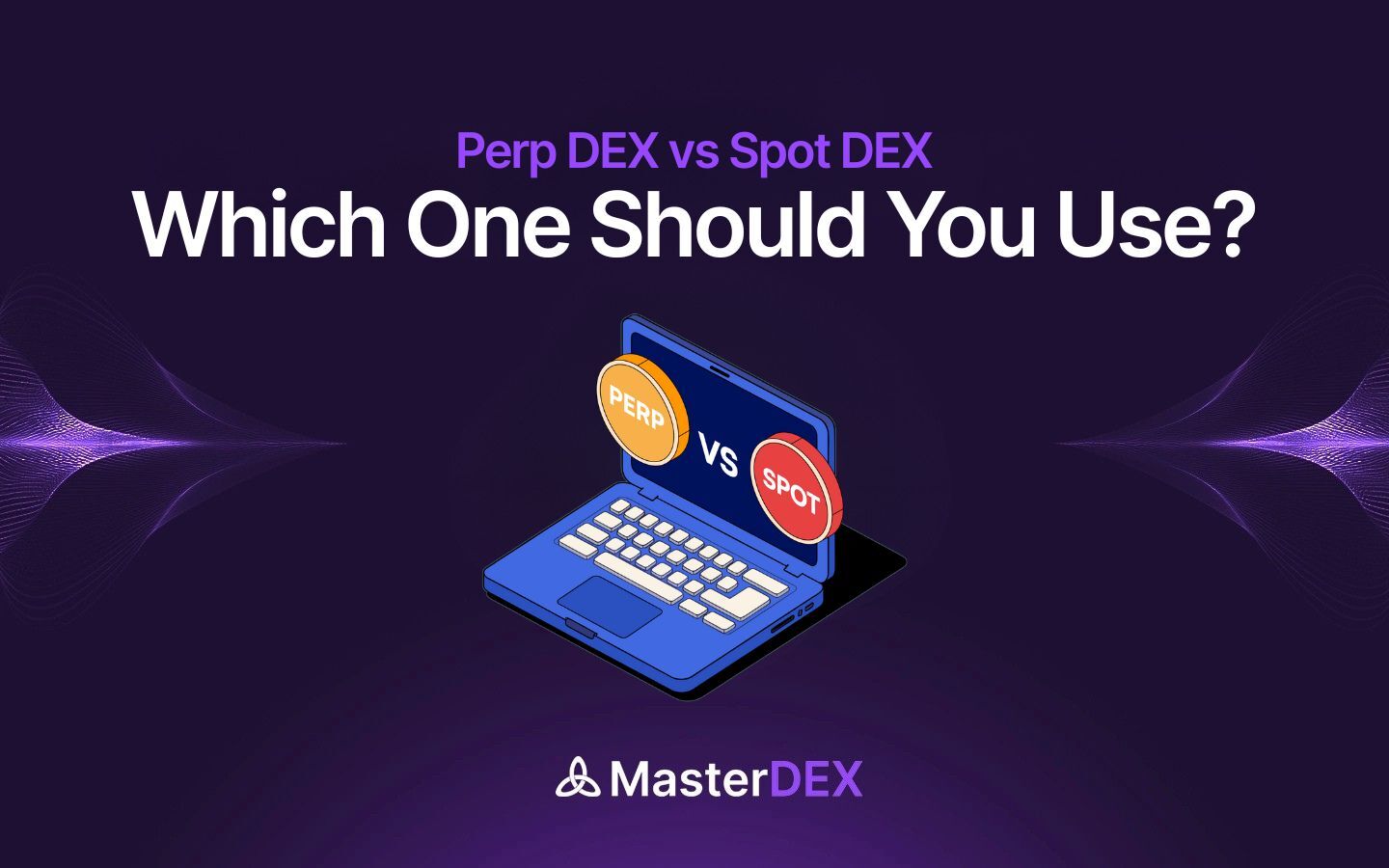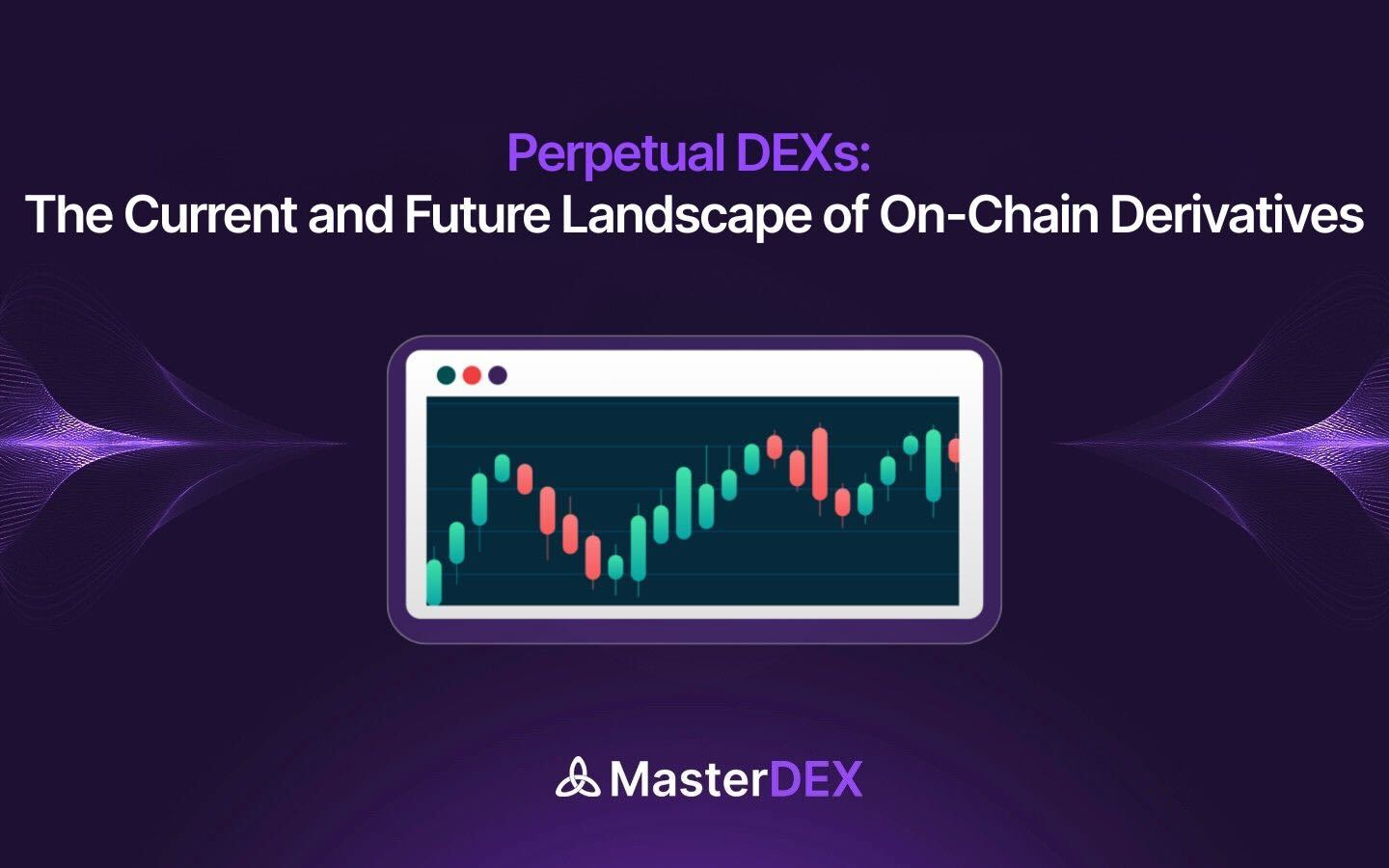This article outlines what is Polygon (MATIC), its history, how it works, use-cases, Polygon’s popular projects, and a lot more. Excited to dig deeper? So, let’s get started.
Table of Contents:
ToggleIntroduction to Polygon (MATIC)
Polygon is a Layer 2 scaling solution designed to enhance the Ethereum blockchain’s capabilities. It offers a modular framework that allows developers to build interconnected blockchain networks that retain the security, interoperability, and development ease of Ethereum. The main aim is to solve some of Ethereum’s biggest challenges—high gas fees, limited throughput, and network congestion—by offering scalable and efficient alternatives without sacrificing decentralization.
What makes this blockchain stand out is its hybrid architecture. It combines the best aspects of standalone blockchains—like sovereignty and flexibility—with Ethereum’s robust security and ecosystem support. By introducing solutions like Zero-Knowledge (ZK) rollups and Optimistic rollups, Polygon allows developers to bundle multiple transactions into one, significantly lowering transaction costs and increasing speed. These rollups help scale Ethereum without altering its core protocol, making it an ideal choice for building high-performance decentralized applications (dApps).
Polygon directly competes with networks like Polkadot and Cosmos. However, its EVM (Ethereum Virtual Machine) compatibility offers a seamless transition for developers familiar with Ethereum’s tooling and Solidity programming language, making it one of the most developer-friendly platforms in the blockchain space.
Several projects have already integrated Polygon to overcome Ethereum’s limitations. These include EasyFi (a DeFi lending platform), Polymarket (a decentralized prediction market), and Aavegotchi (a gamified NFT platform). Its ability to offer low-cost, high-speed transactions while tapping into Ethereum’s ecosystem makes it a powerful and flexible infrastructure layer for Web3 developers.
History and Founders
Polygon began as the Matic Network, which focused on enhancing Ethereum’s scalability using a customized implementation of the Plasma framework combined with proof-of-stake (PoS) based sidechains. With strong initial success and support from prominent names like Coinbase and Binance, the project rebranded as Polygon to broaden its vision and technical scope.
The founding team includes:
- Jaynti Kanani (CEO) – A seasoned tech architect and former Chief Data Scientist at Housing.com.
- Sandeep Nailwal (COO) – A former Deloitte consultant and founder of Scopeweaver, a services marketplace.
- Anurag Arjun (CPO) – A project management expert with a background in business reporting solutions.
- Mihailo Bjelic (Co-founder & Developer) – A dedicated Ethereum advocate and blockchain maximalist.
Polygon’s advisory board is equally notable, featuring Ethereum Foundation’s Hudson Jameson, Coinbase’s Pete Kim, EthHub’s Anthony Sassano, and Ryan Sean Adams from Bankless. Their combined expertise helps guide Polygon’s strategy and influence within the broader blockchain community.
How Polygon Blockchain Works?
At its core, this blockchain operates as a Layer 2 protocol built atop Ethereum, employing sidechains and rollups to increase transaction speed and reduce costs. The network uses the Proof of Stake (PoS) consensus mechanism, where validators confirm transactions and maintain the network. Users can stake their MATIC tokens to either become validators or delegate tokens to others, contributing to the network’s security and earning rewards in return.
Validators are responsible for running full nodes, validating blocks, and participating in consensus. They receive newly minted MATIC as incentives but risk losing their stake if they act maliciously. Delegators, on the other hand, support validators by delegating their tokens without directly participating in validation, making it more accessible for casual users.
Another core component is the PoS Bridge, a set of smart contracts that facilitates the transfer of assets between Ethereum and Polygon. This enables users to move tokens from Ethereum’s mainnet to Polygon’s sidechain, benefiting from faster transaction times and lower fees while maintaining compatibility with Ethereum-based applications and tokens.
The MATIC Token Explained
MATIC is the native utility token of the Polygon ecosystem. Originally introduced under the Matic Network, the token retained its name post-rebrand and serves several critical functions:
- Transaction Fees: MATIC is used to pay gas fees for operations carried out on the network. These include swaps, transfers, and smart contract executions.
- Network Security: MATIC supports the PoS mechanism by incentivizing validators and delegators who stake their tokens to help secure the network.
- Governance: MATIC holders can participate in on-chain governance by voting on proposals that affect the future of the network—such as upgrades, integrations, or parameter changes.
Being an ERC-20 token, MATIC is fully compatible with Ethereum wallets and tools, ensuring smooth interoperability between both ecosystems.
Circulating Supply and Tokenomics
Polygon has a maximum supply cap of 10 billion MATIC tokens. At the time of writing, over 1.5 billion tokens are in circulation. A fixed supply model introduces scarcity, which could positively impact token valuation, especially if the platform’s adoption and utility grow over time.
Its tokenomics align with its role as a utility asset. It not only powers transaction fees but also serves as a stake in the platform’s consensus and a voice in its governance. The interplay of these functions gives MATIC intrinsic value that extends beyond simple speculation.
Why Polygon and MATIC Hold Value?
The value of MATIC is shaped by both market dynamics and the utility it provides. Like other public cryptocurrencies, its price fluctuates based on supply and demand. However, its utility is what gives it a more sustainable value proposition.
Polygon helps scale Ethereum—the most used smart contract platform—by enabling faster and cheaper transactions. This makes it indispensable for DeFi, gaming, and NFT projects. With the ability to process thousands of transactions per second and drastically reduce costs, the network offers practical value to users and developers alike.
Moreover, the protocol’s open-source nature and developer tools (like the Polygon SDK) make it easier to launch new chains and dApps. This extensibility boosts MATIC’s utility and encourages ecosystem growth, which in turn supports its value.
Accessing MATIC and the Polygon Network
Users can access the network by connecting their crypto wallets (such as MetaMask or the Crypto.com DeFi Wallet) to the Polygon Mainnet. This can be done via the official Polygon Bridge, which facilitates the transfer of tokens between Ethereum and Polygon. Once connected, users can use dApps, stake MATIC, or make low-cost transactions within the network.
This cross-chain functionality is a major part of Polygon’s appeal. It maintains Ethereum compatibility while expanding blockchain’s usability through its efficient and scalable architecture.
Use-Cases and Popular Projects
Polygon has become a go-to solution for a wide variety of decentralized applications (dApps), DeFi protocols, NFT platforms, and enterprise blockchain projects. Its low-cost, high-speed infrastructure and full compatibility with Ethereum make it ideal for developers and users seeking scalable solutions.
Projects like Aave, a decentralized lending protocol, and SushiSwap, a popular decentralized exchange, have integrated with Polygon to reduce transaction fees and improve efficiency. NFT marketplaces such as OpenSea and Decentraland also leverage MATIC network to enable faster, cheaper trading and minting of digital assets.
Meanwhile, blockchain games like Zed Run and Aavegotchi use MATIC network to process large volumes of microtransactions without congesting the Ethereum mainnet. The protocol is also gaining traction in the enterprise sector, with companies like Stripe, Adobe, and DraftKings exploring or building applications on Polygon for scalability and cost-effectiveness.
Layer 2 Comparison: Polygon vs Arbitrum vs Optimism
As Ethereum struggles with high gas fees and limited transaction throughput, Layer 2 solutions have stepped in to fill the gap. Among these, Polygon, Arbitrum, and Optimism are the most prominent. Each has its own approach to scaling and unique features.
Polygon stands out for its hybrid model that includes PoS sidechains, ZK rollups, and Optimistic rollups. It’s already home to a vast number of dApps and boasts high compatibility with the Ethereum ecosystem, thanks to its EVM support. Polygon’s development tools and SDK make it especially attractive for building custom, interoperable blockchain networks.
Arbitrum, developed by Offchain Labs, uses Optimistic Rollups to batch and verify transactions off-chain before submitting them to Ethereum. It emphasizes EVM equivalence and has gained popularity among DeFi developers due to its speed and security. However, Arbitrum is more focused on general-purpose scaling than network interoperability.
Optimism also uses Optimistic Rollups but aims for simplicity and fast finality. It boasts low latency and high throughput while maintaining compatibility with Ethereum. Its governance and public goods funding model have attracted attention from both developers and DAO communities.
| Feature | Polygon | Arbitrum | Optimism |
| Technology | PoS sidechains, ZK & Optimistic Rollups | Optimistic Rollups | Optimistic Rollups |
| EVM Compatibility | Full | Full | Full |
| Ecosystem Size | Large and growing | Moderate, DeFi focused | Moderate, community driven |
| Developer Tools | SDK, Supernets | EVM-focused | Simple, DAO friendly |
| Speed | Up to 65,000 TPS | Fast | Fast |
| Cost | Very Low | Low | Low |
| Custom Chains | Yes (Supernets) | No | No |
Polygon’s broader vision of an internet of blockchains, combined with its customizable architecture and active ecosystem, gives it a distinctive edge. Still, Arbitrum and Optimism continue to gain adoption and remain highly competitive choices, especially for DeFi-specific needs.
MATIC Price Performance and Market Trends
MATIC has experienced significant price movement since its inception—reflecting both speculative interest and growing real-world utility. Initially launched with modest trading volumes, MATIC saw major growth in 2021 as DeFi projects, NFT platforms, and enterprise partners began adopting Polygon as a preferred Layer 2 solution. At its peak, MATIC entered the top 20 cryptocurrencies by market capitalization.
The token’s price performance is closely tied to developments within the Polygon ecosystem. As the network has expanded through integrations with major platforms like Aave, OpenSea, and Meta, MATIC has gained increased visibility and demand. Additionally, upcoming innovations such as the zkEVM (zero-knowledge Ethereum Virtual Machine) and Supernets have kept investor sentiment bullish by showcasing its long-term vision.
Despite broader market volatility, MATIC has consistently demonstrated resilience due to its strong fundamentals, wide adoption, and active development team. It is widely traded on major exchanges and supported by various wallets and DeFi protocols.
Looking ahead, analysts expect continued growth in Layer 2 adoption, especially as Ethereum’s base layer continues to face congestion and scalability issues. If Polygon maintains its pace of innovation and ecosystem expansion, MATIC is poised to remain a top performer in the crypto landscape. According to CoinStats, the price of MATIC could reach a potential high of $4.94731 by 2030, driven by its expanding ecosystem, active use cases, and its critical role in Ethereum’s scalability roadmap.
Conclusion
MATIC is more than just a Layer 2 solution—it’s an expansive framework for building a connected ecosystem of Ethereum-compatible blockchains. With its powerful technology stack, growing community, and strong developer support, Polygon has positioned itself as a key player in solving Ethereum’s scalability challenges. As adoption grows, and more dApps migrate or build directly, the MATIC token is likely to see increased utility and demand, further reinforcing its role in the decentralized future.Its combination of low fees, fast transactions, and developer-friendly tools is already transforming how blockchain applications are built and scaled. Whether you’re an investor, developer, or blockchain enthusiast, understanding Polygon is essential to navigating the next generation of Web3 innovation.



